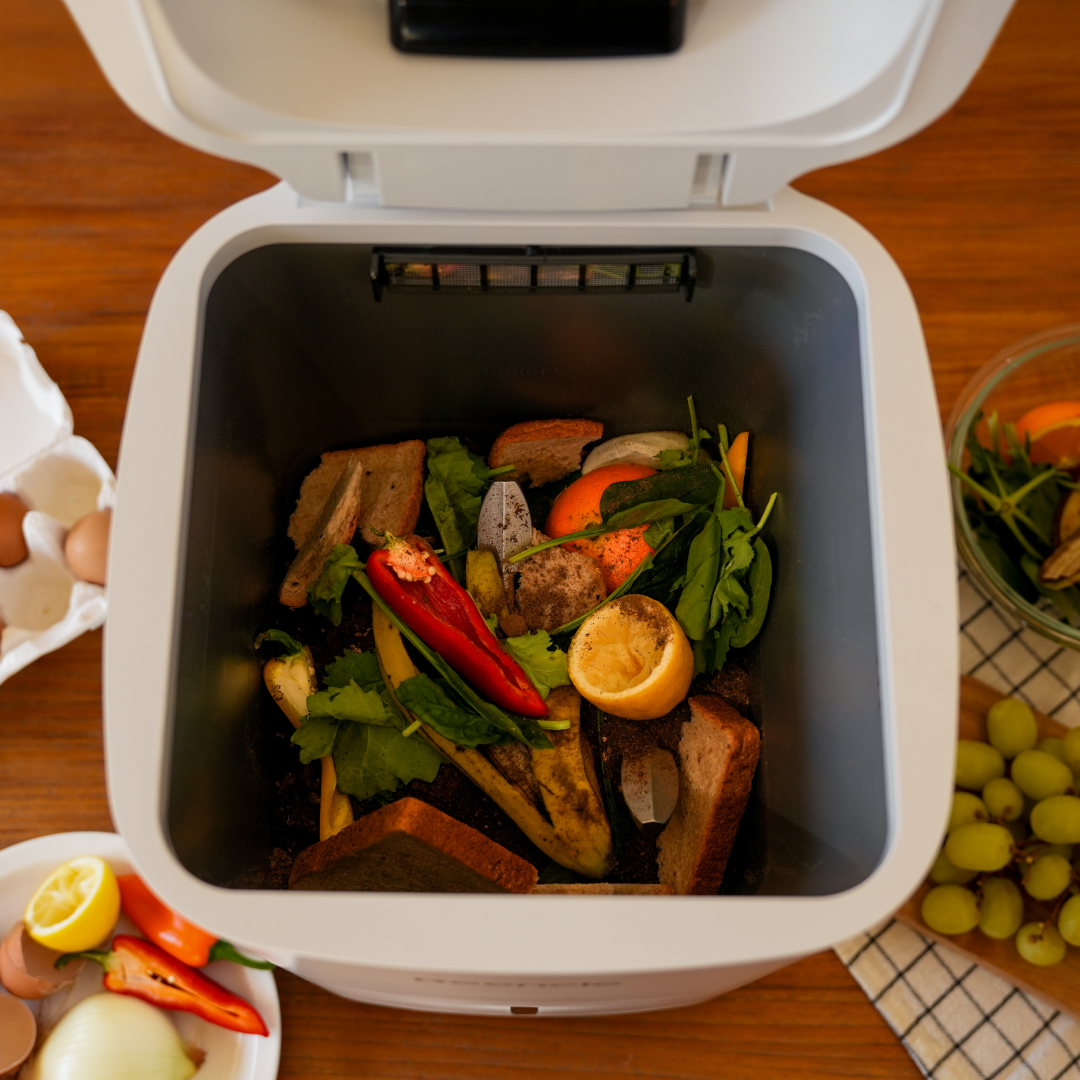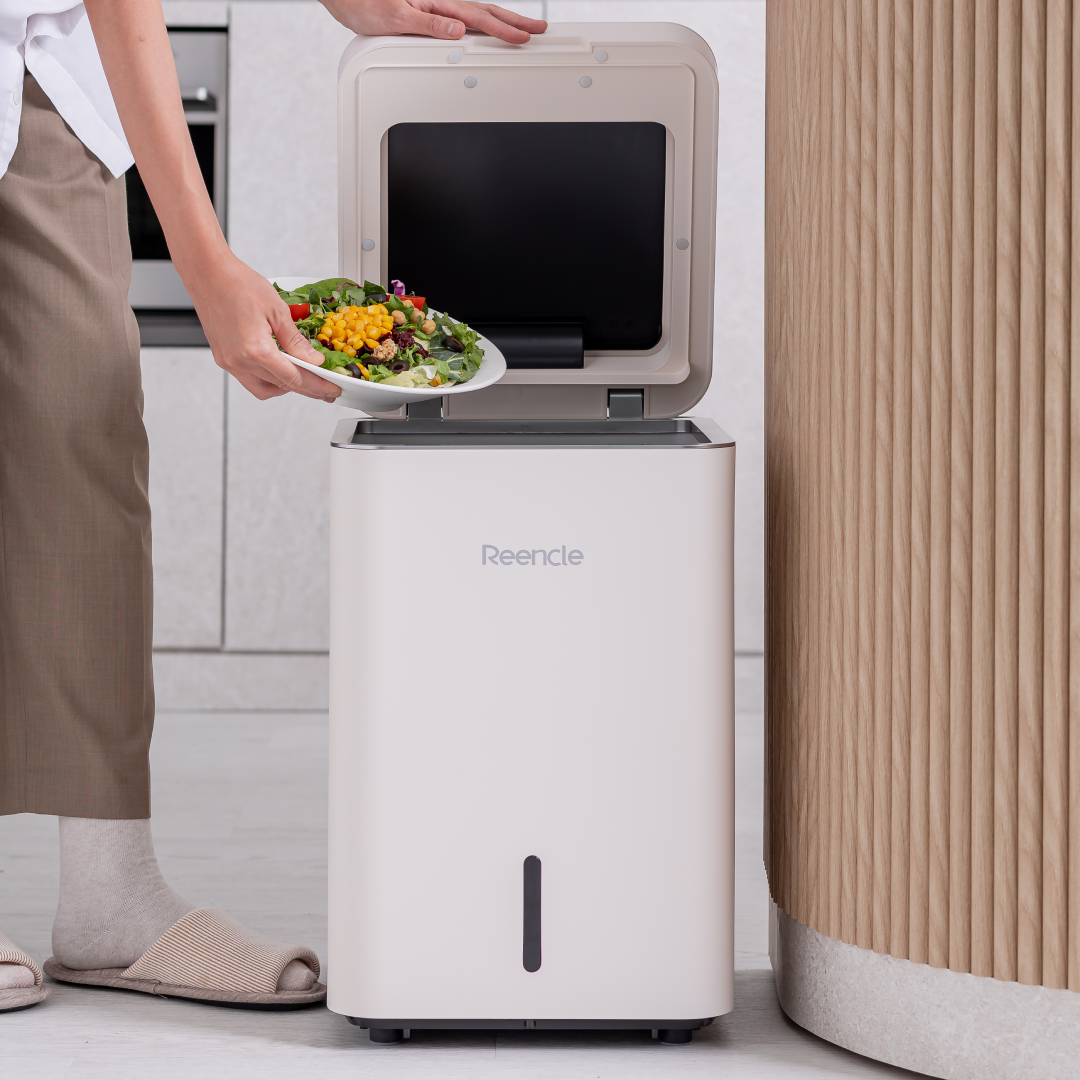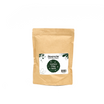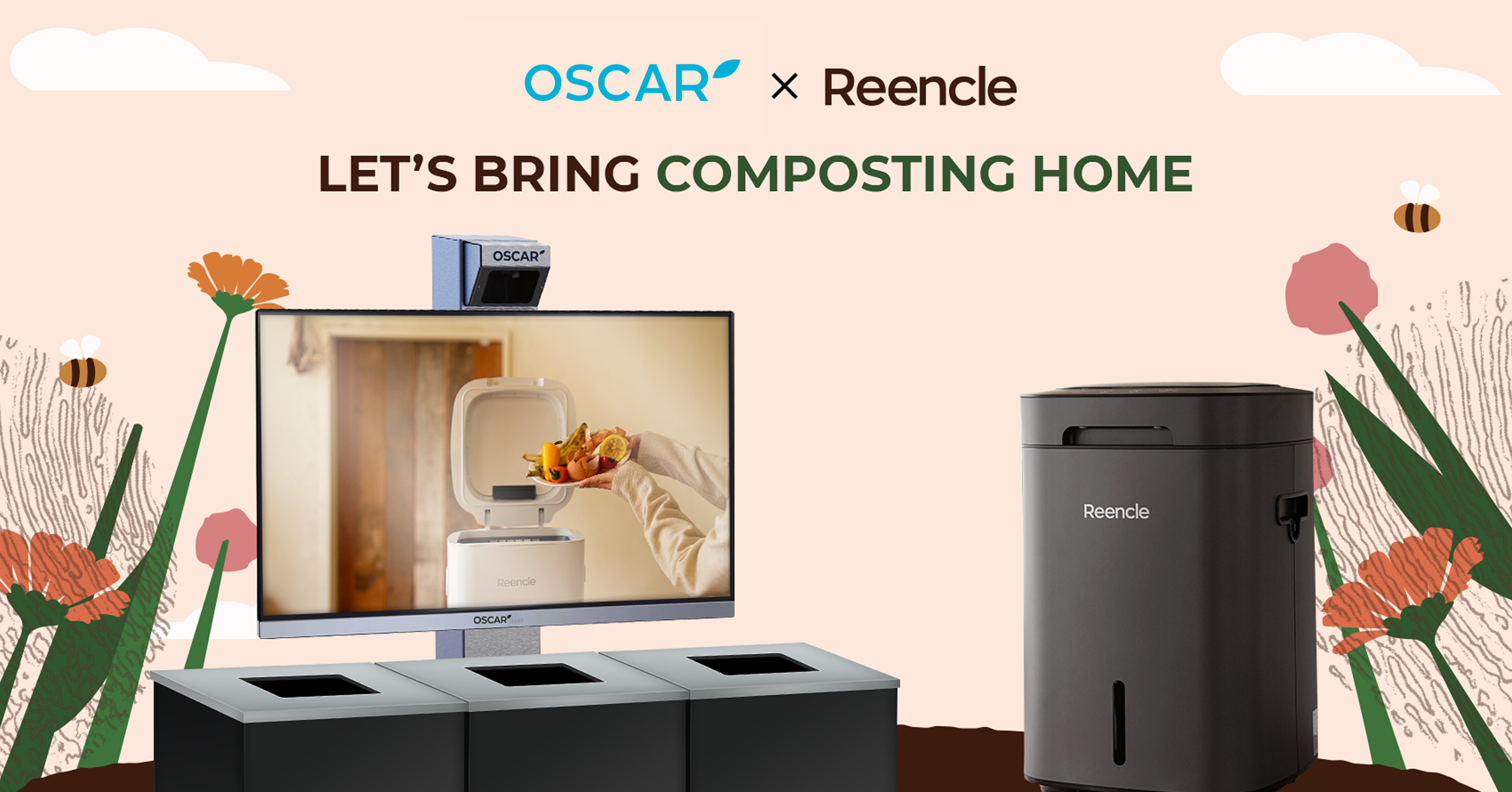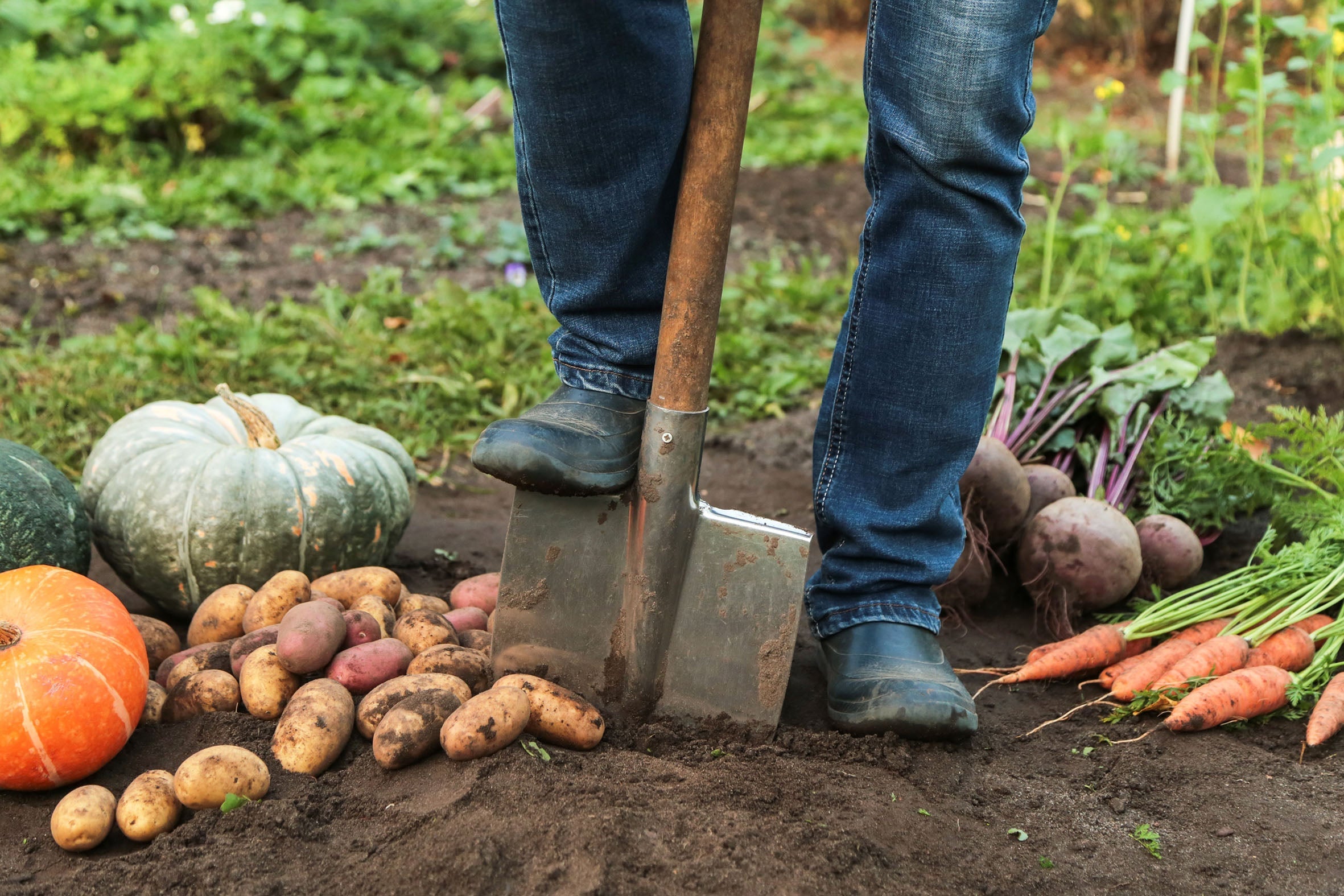Can I Compost Bones?
A Comprehensive Guide
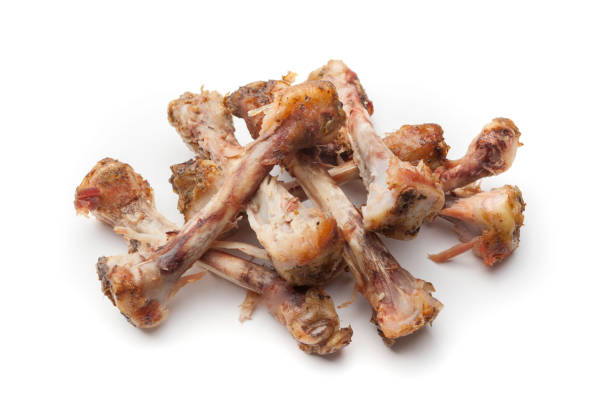
Composting refers to the fermentation or decomposition of various materials such as grass, straw, and animal excrement to create natural fertilizers. Any material that provides sufficient nutrients for plant growth and can decompose is suitable for composting.
Nitrogen (N), phosphorus (P), and potassium hydroxide (K) are often referred to as the three elements of fertilizers. While it is ideal to create compost with these elements evenly distributed, it is also important to tailor the compost to the specific needs of plants, as different plants may require different nutrients.
After eating chicken, ribs, or trotters, the leftover bones cannot be disposed of as regular food waste. While food waste can be recycled into feed, bones have low biodegradability, making them difficult to dispose of along with other food waste. Traditionally, bones were either incinerated or landfilled with other household waste.e.


Turn your food scraps into real compost
you can put most of the organic food scraps into Reencle
Save $100 TodayWhy Bones?
Bones contain high levels of organic compounds such as calcium (Ca) and phosphorus (P). By utilizing discarded bones, it is possible to recycle them as raw materials for highly concentrated natural phosphate calcium fertilizers.
Bone waste can be categorized into three types:
1) poultry (such as ducks, chickens, etc.)
2) seafood (shellfish, fish, crustaceans, etc.)
3) livestock (cattle, pigs, sheep, etc.)
Phosphate calcium fertilizers made from bones help soil acidification prevention, heat resistance, and promote rapid growth, making them widely used in agriculture. Such bone compost, known as 'bone meal', has the advantage of maintaining soil fertility over a long period with the appropriate application.
Two Methods of Making Bone Meal
To use bones as compost and distribute them to soil and plants, they need to be ground into very fine particles, resulting in what is known as bone meal.
Bone meal made from bones compost provides abundant phosphorus, aiding in flower blooming and fruit growth. It also acts as a soil enhancer, promoting plant growth and aiding in root development. Bone meal can be made in two main forms:
1. Making Bone Powder
1) Gather Bones:
- Collect all the bones after your meal
- Bones from food waste typically include ducks, chickens, turkeys, pigs, and beef ribs, occasionally with fish bones
2) Remove Organic Residue from Bones:
- Remove organic residues attached to the bones, such as flesh, grease, and muscle tissue.
- Boil the bones in water or use a pressure cooker to remove the organic residue. It's impractical to remove all organic material by hand. Boiling bones in water requires at least 10 hours of heating, ensuring continuous replenishment of water to prevent evaporation. If using a pressure cooker, fill it with water up to the waterline and boil for about 3 hours. Once thoroughly boiled, take the bones out.
- Wash the boiled bones thoroughly to ensure no organic residue remains.
3) Dehydrating Bones:
- Place the thoroughly cleaned bones in a dehydrator and dry them. This process takes about 10 hours at 158-160 degrees Fahrenheit.
- Handle the bones carefully as they are already in a soft and pliable state.
4) Making Bone Powder:
- Place the dried bones in a mortar and crush them into small pieces.
- Making crushed bone fragments to fine powder with just a mortar can be challenging, so an electric coffee grinder is often used.
- Grind the adequately crushed bones in the coffee grinder into a fine powder.
5) Storing Completed Bone Meal:
- While bone meal is made cleanly and safely, it is still a natural organic fertilizer and may degrade or spoil when exposed to humidity or mixed with other organic materials.
- Store bone meal in a cool, dry place and dispense the appropriate amount as needed.
2. Soluble Phosphate Calcium (Making Liquid Fertilizer)
Soluble phosphate calcium, made from vertebrate bones, is widely distributed in soil and is a necessary element influencing plant growth. Phosphate calcium does not dissolve well in water, but when reacted after drying, it dissolves in strong acids in the absence of moisture. However, flesh and muscle attached to the bones must be removed. It's crucial to remove the flesh and ensure the bones are dried to less than 10% moisture content. This ensures effective leaching of phosphate calcium.
Method for Making Soluble Phosphate Calcium:
Materials Needed: Pot, Parchment paper for covering, Rubber band, Vertebrate bones (pig, cow, etc.), Fermented vinegar
Maturation Environment:
- Ideal Temperature: surrounding temperature of 22-23°C
- Cool, shaded area without light penetration is preferred.
- Place with minimal environmental changes is desirable.
Procedure:
1) Lightly char the bones to remove any grease and flesh attached to the surface. This process is necessary to burn off the organic and fatty substances contained in the bones.
2) Use the lightly charred bones as they are or finely crush them and place them in a container with vinegar. Crushing them as finely as possible and drying them well enhances the leaching process.
3) Mature for about 15-20 days. However, if drying is not sufficient, or if flesh remains, it may take longer. Phosphate calcium leaches out of the bones during this time.
4) When no bubbles are generated, and there is no movement, it indicates that all the phosphate calcium has been dissolved.
How to Use Soluble Phosphate Calcium:
1) Dilute with water before use. Apply directly to plant leaves or soil.
2) Application is necessary throughout all growth stages, but it is particularly important during flowering for crops.
3) Phosphate calcium does not dissolve well in water. It is effective when fermented with vinegar or microorganisms before use. Fermentation improves absorption, and even non-water-soluble fertilizer components dissolve easily and have good effects..
Final Tips
Bone compost utilizes real animal bones, so if organic materials such as flesh or muscle attached to the bones are not properly removed, unpleasant odors can develop during the composting process. Due to these odors, insects or wildlife may be attracted, so caution is necessary.
Bone compost is not suitable for all types of soil. It should be used considering the pH level of the soil and is generally suitable for slightly acidic soils. It may not have any effect on alkaline soils. Additionally, it is essential to confirm whether the plants being grown require phosphate calcium nutrients. The effectiveness of bone compost varies depending on the plant and crop.
In conclusion, understanding the role and suitability of bone compost and utilizing it properly is crucial. Bone compost is not a universal fertilizer and should be used where needed. Naturally, all composts should be used comprehensively and evenly.


